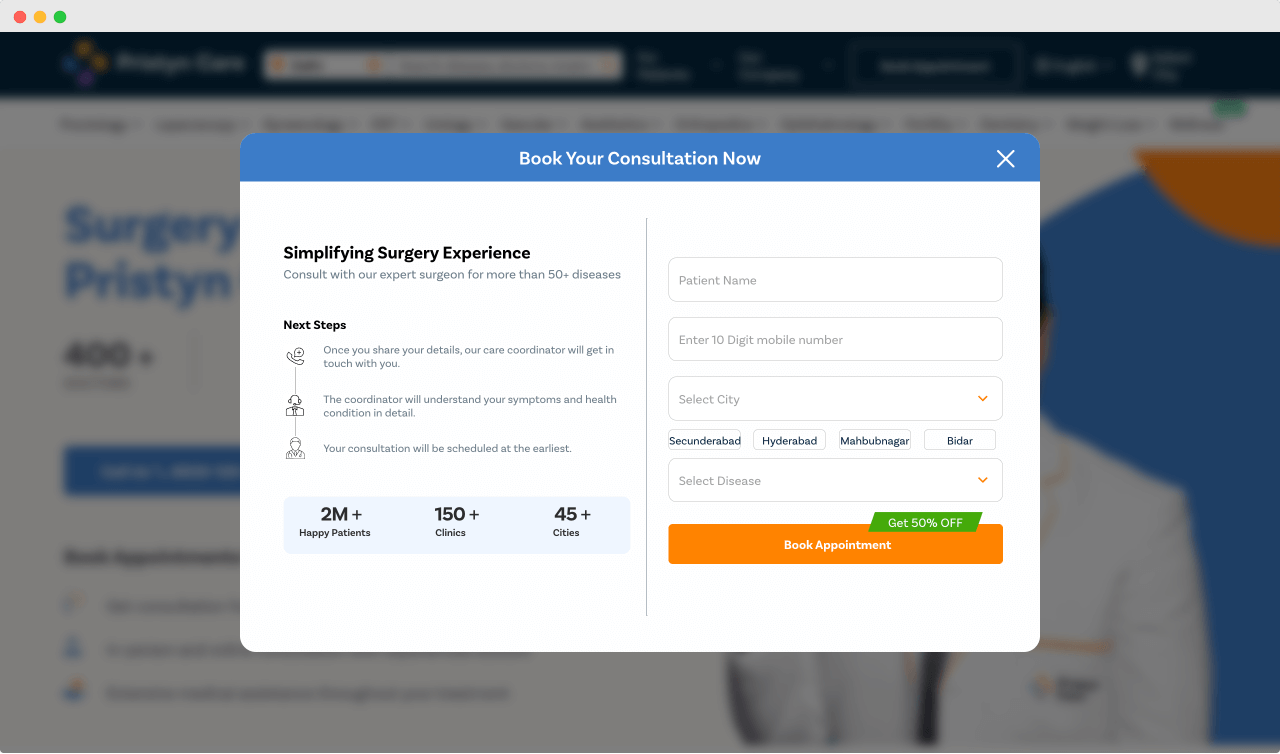The need for a privacy policy page
If you’re running a business website, anybody who visits your website could be your potential customer.
So, collecting contact details from your website visitors is a common task.

On top of that, it also helps if we could collect the demographic details of the customers, such as:
- Age
- Country
- Gender
- Devices they are using for accessing your website
- The list goes on and on
Collecting these details could help you position your product or service in a better way and could increase sales.
A tool like Google Analytics will help collect these details without explicitly asking for these details from your visitors.
And, if you are running a blog, collecting your visitor’s details will help you sell them your future products or services.
Finally, if you’re running an eCommerce store, you’ll track your website visitors so that you can retarget them by displaying ads on Facebook and other social media platforms.
Long theory short, no matter what kind of website you’re running, collecting your visitor’s information is almost inevitable.
If you don’t, you could fail.
But the thing is…
Sometimes you collect details with the visitor’s consent, and sometimes it is impossible to take consent from them.
Because of this, it is your responsibility to convey to your visitor that:
- What kind of information are you collecting from them
- And how you are using that information
If you are not revealing this information to your visitor, it is more like stealing data from them.
So, It is important that you’re transparent with your website visitors.
We also call revealing this information a Privacy Policy.
But how do you convey your “Privacy Policy” to your visitors?
This is where the privacy policy page comes in.
You can create a “Privacy Policy” page and put your privacy policy on it.
After that, you could place a link to that page in the footer or primary navigation of your website.
This way, visitors could quickly find it.

Okay! But what goes inside a Privacy policy page? I looked at the privacy policy of my competitor websites and they look greek and latin to me :D
Good question!
A privacy policy page usually includes the following information:
- Introduction: An overview of the privacy policy and its purpose, including a statement about the commitment to protecting user privacy.
- Types of Information Collected: A description of the different types of information collected from users, such as personal information (e.g., name, email address, phone number), demographic information, browsing history, and other relevant data.
- Collection Methods: An explanation of how the information is collected, such as through website forms, cookies, log files, or other tracking technologies.
- Use of Information: Details about how the collected information is used. This may include providing requested services, improving website functionality, personalizing the user experience, conducting research and analysis, marketing and advertising, or other relevant purposes.
- Data Sharing: Information about whether and how the collected data is shared with third parties. This may include sharing with service providers, business partners, affiliates, or in cases required by law or for legal purposes.
- Cookies and Tracking Technologies: A statement about using cookies, web beacons, or similar tracking technologies and how they are utilized to gather information and enhance user experience. This section may also include information about how users can manage their cookie preferences.
- Data Security: Details about the security measures to protect the collected information from unauthorized access, disclosure, alteration, or destruction. This may involve encryption, secure data storage, regular security audits, or other safeguards.
- User Rights: An explanation of the rights users have regarding their data, such as the right to access, rectify, or delete their information. This section may also outline the process for exercising these rights and contact information for making such requests.
- Third-Party Links: A statement about whether the website contains links to third-party websites or services and a disclaimer regarding the privacy practices of those third parties. Users are typically advised to review the privacy policies of external websites.
- Policy Updates: A statement indicating that the privacy policy is subject to change and how users will be notified of any updates. It may also include a date indicating the last revision of the policy.
- Contact Information: Contact details for users to reach out with any questions, concerns, or requests regarding their privacy or the privacy policy itself.
Uff…Writing your privacy policy is a lot of work, right?
So, writing your website’s privacy policy by yourself is not ideal.
Using a tool like Iubenda is recommended, which generates a privacy policy page automatically for you.
But mostly, the tools that generate the privacy policy page are not free.
So, if you can’t afford them, a good hack is to lift the privacy policy from your competitor’s website.
But don’t mindlessly copy and paste the privacy policy from other websites.
You must read them and tweak them according to your needs.
Anyway, we will create a privacy policy page for our site in the next lesson.


 © 2025 UsableWP. A project by Naresh Devineni.
© 2025 UsableWP. A project by Naresh Devineni.